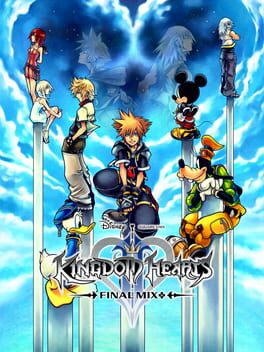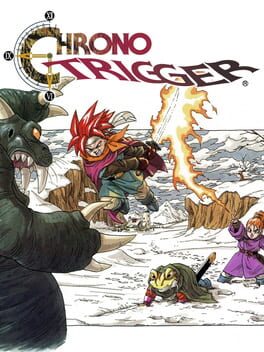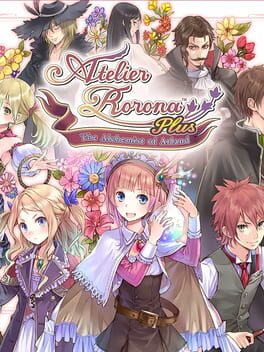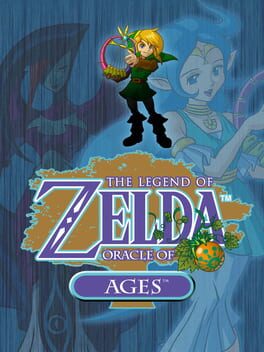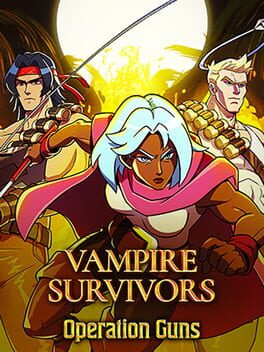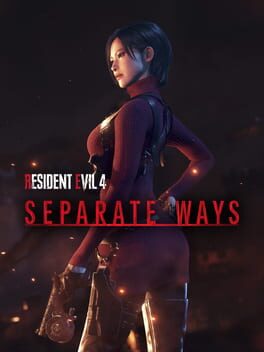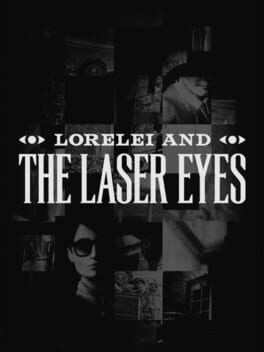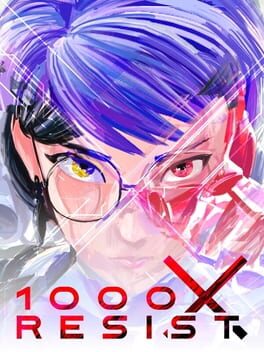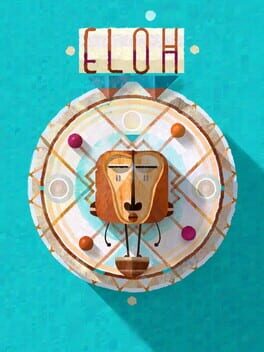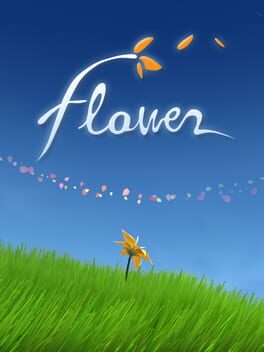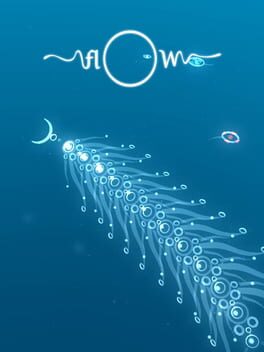Lucca202
BACKER
So many games, so little time.
Badges
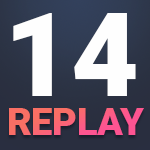
Replay '14
Participated in the 2014 Replay Event

Famous
Gained 100+ followers

Treasured
Gained 750+ total review likes

GOTY '23
Participated in the 2023 Game of the Year Event

Trend Setter
Gained 50+ followers

Adored
Gained 300+ total review likes

Pinged
Mentioned by another user

2 Years of Service
Being part of the Backloggd community for 2 years

Well Written
Gained 10+ likes on a single review

Gone Gold
Received 5+ likes on a review while featured on the front page

GOTY '22
Participated in the 2022 Game of the Year Event

Loved
Gained 100+ total review likes

Popular
Gained 15+ followers

Donor
Liked 50+ reviews / lists

Shreked
Found the secret ogre page

Best Friends
Become mutual friends with at least 3 others

Noticed
Gained 3+ followers

Gamer
Played 250+ games

N00b
Played 100+ games

Liked
Gained 10+ total review likes

Roadtrip
Voted for at least 3 features on the roadmap
Favorite Games
436
Total Games Played
029
Played in 2024
288
Games Backloggd
Recently Played See More
Recently Reviewed See More
In fact, ELOH is reminiscent of puzzle games like Auditorium, only perfectly deterministic, i.e. much better. There's 84 puzzles to solve, and the challenge level isn't very high, which makes it best as a game to unwind to. I remember buying it way back, in a lazy Saturday morning, and binging it the whole way through.
For three dollars, it's basically a steal.
flOw's beautiful visuals and sounds are back with a budget this time around: Flower is a game to play with headphones on to relax, just quietly appreciating not only the idyllic scenery and the beautiful soundtrack, but the sounds from the gentle rustling of the grass and the musical tones produced by each flower. One downside compared to its predecessor, though, is that the motion controls are slightly more annoying this time around, as maneuvering in a 3D space with the Sixaxis makes it super easy to overshoot targets.
There are six levels to play, but aside from the environments and time of day, not much changes between them. Like with flOw, Journey it is not, but if you need something pretty to look at for a few hours, Flower is one of the best possible picks out there.
It is a strikingly simplistic game, and purposefully so: it was born from Jenova Chen's (yes, of Journey fame) master thesis that dealt with Flow theory and Dynamic Difficulty Adjustment, both of those being concepts that are very important to the experience of playing games. To give a brief summary: Flow theory is the idea that, for us humans, when we're performing a task, we can be in multiple states of mind depending on the difficulty of said task: if it's too hard, we become frustrated; too easy and it becomes boredom. However, if the difficulty is just right, we enter a state of satisfaction called the Flow state, which is conducive to keeping doing the same thing.
Games often count on the Flow state to keep us going, and it's easy to see where DDA slots into this idea: if the game can dynamically adjust itself to match its player, making it so they're never stuck but also are never stomping it, it would, in theory, create a more satisfying experience. This has been experimented with since videogames became mainstream consumer products, but would really pick up between the sixth and seventh generation of consoles, where games had become reasonably complex that there were multiple variables that could be tuned invisibly to the player, adjusting the experience.
Famously, Resident Evil 4 (2005) used such a system, and that game was moderately well received. It kind of had its fans, and possibly influenced the industry for years after its release. The system looked at the player's performance in terms of accuracy and damage taken as well as the items they had in stock, assigning a score that then affected the number of enemies in encounters as well as their level of aggressiveness. Dying repeatedly would lower this score, though higher difficulties would prevent the score from going down too far -- Professional would lock it to max at all times, so there was no DDA. It worked so well that Resident Evil 4 (2023) still uses more or less the same ideas, and that's maybe the best game of 2023.
Discussing these concepts is unfortunately far more interesting than discussing flOw itself. flOw is fine: it stood out as an inventive title back when downloading games on a console was new, and its geometric, shimmering visuals accompanied by the calm ambience and echoing tones carried the experience. Even the motion controls, which are a bit shoehorned, become natural after a while since the creatures twist around so gracefully. It bears saying that they do make it hard to maneuver, which feeds into the game's actual problems.
In regards to its theoretical goal of maintaining a Flow state through DDA, flOw falls on either side of the curve most of the time. With no set goal or true failure state, there's little to strive for more than the aesthetics of a large creature, so one's either bored or entertained by something other than the challenge level. Besides, since threats mostly come in the way of aggressive creatures who maneuver much more effectively than yours, it's tough to feel legitimately challenged: most "deaths" will come from being suddenly zerg-rushed without much of a chance to react.
To be fair, there is a bit of variety in the form of different playable creatures: the "snake" can swim faster, the "jellyfish" can spin to lure prey, the "manta" can dash forward, the "electric eel" can paralyze prey to consume them as they're defenseless, the "predator" will lunge at enemy weak points, and finally, the "man-o'-war" can shield itself, then bash enemies to stun them for a bit. Most abilities are not super useful due to the controls, except for paralysis, which is brutally overpowered. Aposematism, yo.
It's a cheap and great looking game, though, and if all you want is to burn a few hours looking at pretty pixels, by all means, go right ahead -- flOw is a great pick. But in the year of 2024, players who hear of the game from publications from its time of release will be confused as to why it garnered such relevance back in the day.

